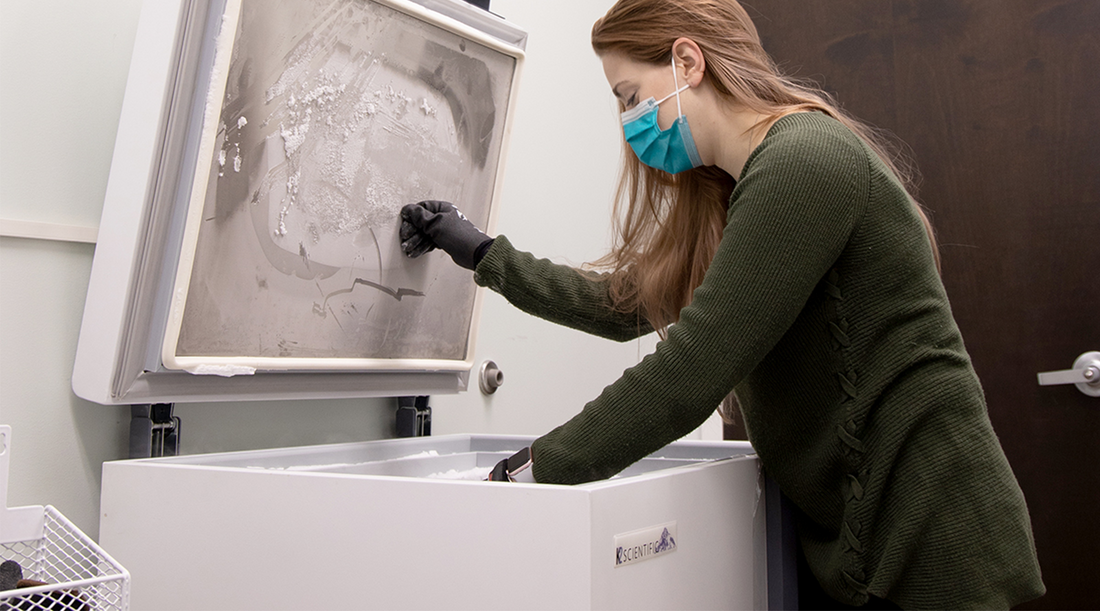Discover how to reduce energy consumption and save the planet with energy-saving practices for ultra-low temperature freezers.
Understanding the Importance of Energy Efficiency in Ultra-Low Temperature Freezers
Ultra-low temperature freezers are essential for preserving sensitive materials and samples, but they can consume a significant amount of energy. Understanding the importance of energy efficiency in these freezers is crucial for reducing environmental impact and saving on energy costs.
By improving energy efficiency, we can minimize the carbon footprint associated with ultra-low temperature freezers, contributing to a more sustainable future. Energy-efficient practices not only benefit the environment but also help organizations save money in the long run.
To understand the importance of energy efficiency in ultra-low temperature freezers, it's essential to consider the amount of energy these devices consume and the potential environmental consequences. By implementing energy-saving practices, we can make a significant difference in reducing energy consumption and promoting sustainability.
Implementing Proper Temperature Settings and Maintenance
Setting the temperature of ultra-low temperature freezers at the optimal level is crucial for energy efficiency. It is recommended to maintain the temperature between -70°C and -80°C, as this range ensures the preservation of samples while minimizing energy consumption.
Regular maintenance of ultra-low temperature freezers is also essential to ensure optimal performance and energy efficiency. This includes activities such as cleaning the condenser coils, checking the door seals for any leaks, and monitoring the freezer's overall condition. By implementing proper temperature settings and maintenance practices, organizations can significantly reduce energy waste and extend the lifespan of the freezers.
Utilizing Energy-Efficient Freezer Models and Technologies
One of the most effective ways to save energy in ultra-low temperature freezers is to invest in energy-efficient models and technologies. Modern freezers often come with advanced features such as improved insulation, energy-efficient compressors, and smart temperature control systems.
When choosing a freezer, it is important to look for energy-efficient certifications and labels, such as ENERGY STAR. These certifications ensure that the freezer meets strict energy efficiency standards and can help organizations make informed decisions when purchasing new equipment.
By utilizing energy-efficient freezer models and technologies, organizations can reduce energy consumption without compromising the integrity of their samples.
Optimizing Freezer Organization for Improved Energy Efficiency
The organization of samples within ultra-low temperature freezers can significantly impact energy efficiency. Proper organization allows for better airflow and reduces the need for frequent door openings, minimizing the loss of cold air.
To optimize freezer organization, it is recommended to group similar samples together and use dividers or racks to maximize space utilization. Additionally, labeling and inventory management systems can help locate samples quickly, reducing the time the freezer door remains open.
By implementing efficient freezer organization practices, organizations can reduce energy waste and improve the overall performance of their ultra-low temperature freezers.
Educating Staff on Energy-Saving Practices and Sustainability
Ensuring that staff members are educated on energy-saving practices and sustainability is crucial for the successful implementation of energy-efficient measures in ultra-low temperature freezers.
Organizations should provide training sessions or educational materials to raise awareness about the importance of energy efficiency and sustainability. Staff should be informed about proper temperature settings, maintenance procedures, and the significance of optimizing freezer organization.
By educating staff on energy-saving practices and sustainability, organizations can foster a culture of environmental responsibility and ensure the long-term success of energy-efficient initiatives.
